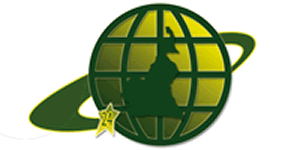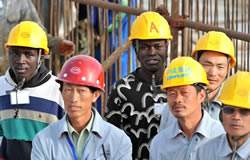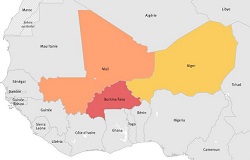Crise Anglophone. The Challenges Of Nationhood: From Partition To The Republic Of Cameroon

Cameroon has come a long way since 1884 when Germany signed an annexation treaty with Douala chiefs write CT.
ADS
What is today the Republic of Cameroon began in 1884 when Germany signed an annexation treaty with coastal chiefs in Douala. At the time, Cameroon was limited to the area around River Wouri Estuary in Douala, notes Prof. Willibroad Dze-Ngwa, a history lecturer with the University of Yaounde I.
Subsequently, treaties were signed with other local chiefs or the Germans simply imposed their rule as they extended into the hinterland.
While the Germans took over Douala in 1884, the British were in Victoria in 1885. But after negotiations, Britain handed over Victoria and surrounding areas to France. Cameroon as a nation with internationally-recognised frontiers only became reality between 1911 and 1912 when the first map was drawn. However, German colonial rule in Cameroon ended abruptly in 1916 when the territory was lost to an Anglo-French coalition during World War I.
The conquerors then shared the territory amongst themselves in 1916, which was later confirmed in 1922 by a League of Nations agreement as mandated territories. The French got fourth-fifths of the territory, while the English took a fifth.
This was after negotiations because the French wanted the seaport town of Douala to facilitate access to their landlocked colonies of the Central African Republic and Chad.
In January 1, 1960, French-speaking Cameroon or la Republique du Cameroun gained independence as a UN Trust territory under France. British Southern Cameroons and British Northern Cameroons on February 11, 1961 voted in a United Nations-organised plebiscite to determine their future.
While the northern portion chose to go with Nigeria, British Southern Cameroons opted to steer clear of Nigerian control. The following day, British Southern Cameroons began negotiations with the independent Republic of Cameroon for possible union.
Upon reunification on October 1, 1961, British Southern Cameroons became known as West Cameroon, while the Republic of Cameroon became East Cameroon. All this was under a federal arrangement reached earlier in the year at a conference in Foumban.
With regional Houses of Assembly in the two autonomous territories and a federal parliament in the capital, Yaounde, this system of government continued till 1972 when President Ahmadou Ahidjo conducted a referendum.
The federal system of government was replaced with a unitary one. Thus the change of the name of the country from the Federal Republic of Cameroon to the United Republic of Cameroon.
It was in February 1984 that Ahmadou Ahidjo’s successor, President Paul Biya, signed a decree promulgating into law the constitutional amendment voted by the National Assembly changing the name of the country from the United Republic of Cameroon to the Republic of Cameroon – that exists till date.
May 20 has since 1972 been marked as National Day to celebrate the advent of the unitary state. This year marks the 46th such celebration.
Kimeng Hilton NDUKONG
ADS
ADS
ADS
ADS










